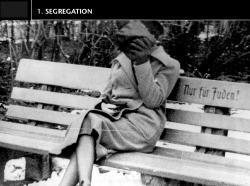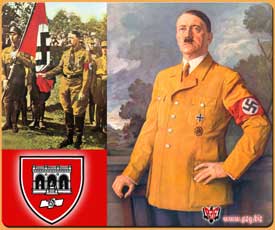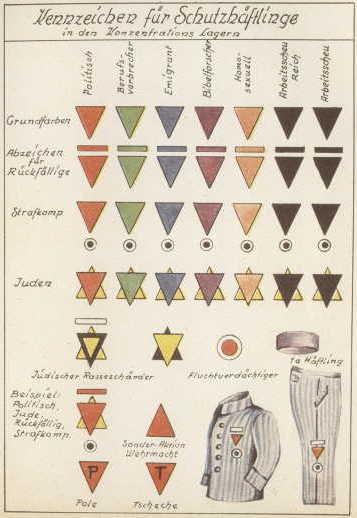Like the segregation laws characteristic of Jim Crow, soon after Hitler came to power in the U.S. Germany (oops) he began establishing legal segregation of Jews from Aryan Germans. The writing on the bench in this photo, taken in 1934, reads: “For Jews Only”:

The source explains that benches were segregated, with others reading “For Germans Only.”
See our other posts on Nazi Germany: comparing German remembrance of the Holocaust and U.S. remembrance of slavery, Nazi symbolism, Nazi celebration of motherhood, the racialization of the Jews, and this sympathetic memorabilia website.
Lisa Wade, PhD is an Associate Professor at Tulane University. She is the author of American Hookup, a book about college sexual culture; a textbook about gender; and a forthcoming introductory text: Terrible Magnificent Sociology. You can follow her on Twitter and Instagram.









